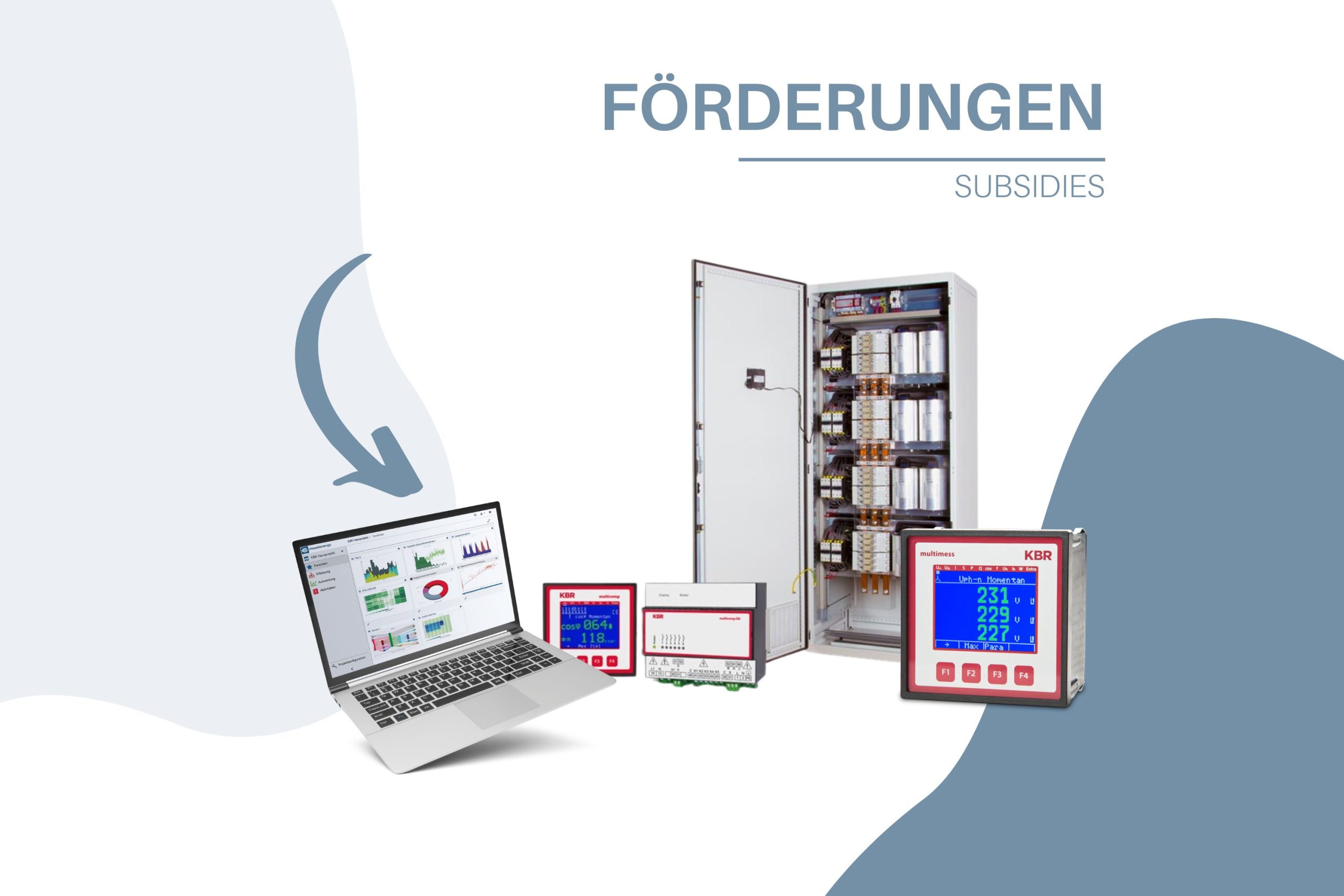Total final energy consumption includes all energy sources – including the vehicle fleet.
As already reported in the November newsletter, the Energy Efficiency Act affects companies with a total annual final energy consumption of at least 2.5 GWh over the last three years, among others. From this threshold, companies are obliged to document energy efficiency measures in implementation plans. These measures must then be implemented as part of an economic feasibility study in accordance with DIN EN 17463. In discussions with our customers, we have discovered that there is another important point that hardly anyone is aware of: the total final energy consumption just mentioned includes not only electricity, but all energy sources including the entire vehicle fleet, gas, heat and much more.
The article is also available as a PDF for download.
As a result, the proportion of companies affected is significantly higher. The following diagrams illustrate the proportion that can be accounted for by considering all forms of energy in a company. Especially for fuels such as diesel, where the calorific value is around 10 kWh per liter, this can be clearly extrapolated for the car of a sales representative or service employee.
Example
A car has an estimated consumption of 5.5 liters of diesel per 100 km. In field service, it is assumed that the car is driven 40,000 km per year. This results in a total energy consumption of 22,000 kWh per year.
If this is extrapolated to the entire vehicle fleet and gas is also included for heating and much more, the company’s total final energy consumption is correspondingly higher than if only the electricity consumption purchased from the energy supplier had been considered. The result can be clearly seen in the following pie chart:
It is striking that the vehicle fleet will account for more than half of the energy consumed in 2023. Taking this into account results in a total final energy consumption that significantly exceeds the electricity-only consideration. As can be seen, the proportion of gas is very low and plays only a minor role in comparison.
Conclusion on the Energy Efficiency Act
The EnEfG also affects companies that have an electricity requirement of less than 2.5 GWh per year. The correct approach is to consider the total final energy consumption, which takes into account all media such as fuels (vehicle fleet) or gas. Unfortunately, there is no protection through ignorance here, as the fines of up to €100,000 indicate. These can be issued, for example, if an energy or environmental management system is not introduced correctly, incompletely or in good time.
Knowing the legal requirements is one thing, but how can consumption be plausibly recorded and transferred to the required energy data management system in order to optimize it sustainably across all media?
Requirements for the energy data management system
The easiest way to answer this question is with the first requirement for an energy data management system. The system must be able to record and evaluate different media, both separately and in a combined analysis. One system that specializes in this is visual energy from KBR.
It is also important that a wide range of measurement technology can be integrated into the energy data management system. From class A measuring devices to simple meters. Whether digital pulses, analog signals, various bus protocols such as Modbus via RS 485 or via TCP/IP, M-Bus and much more. It is also an advantage if existing measurement technology can be used with suitable sensors or communication gateways.
But despite the integration of various communication protocols and measurement technology, one possibility often goes unnoticed: The vehicle fleet.
Mobile recording of fleet and vehicle data
There are no meters that can be integrated via building measurement technology for viewing fleet data. Nevertheless, there are two ways in which tank, charging and consumption data can be recorded:
- Via the monthly billing data of the fuel card service provider.
- Via an app that transfers the fuel quantity and mileage values to the EDM.
The first option usually lacks information on the kilometers driven. The goal of improving consumption is therefore difficult to control. In addition, the data must be entered manually and correctly into the energy or environmental management system. In a nutshell: One source of error follows the next.
Recording consumption via the mobile app is simpler and safer. This is used to enter the refueling process with the tank quantity in liters or charge quantity in kWh and the current mileage. This may seem tedious at first, but the “tedious” 20 seconds per entry quickly becomes a habit – and plausible live data in the system. These form the basis for a functioning energy data management system that will uncover potential for improvement and increase energy efficiency.
In the visual energy system, the consumption data per km and the amount of energy consumed are automatically calculated from the data entered in the app. The latter in particular can quickly be added to the total final energy consumption of the company together with the other recorded vehicle consumers or considered on its own. However, if an error occurs during input, the data can be edited and corrected.
In short, this recording is an important tool for the Energy Efficiency Act and the resulting plausible and comprehensive data forms the basis for the answer to the question: Am I affected by the Energy Efficiency Act – through the consumption of all energy consumers – or not?
Conclusion
Under the EnEfG, certain measures must be taken by companies above a certain level of consumption by all end energy consumers. In order to record all final energy consumption correctly, it is advisable to use an energy data management system that can map the consumption of all media correctly and plausibly. Without an energy data management system, the time required is higher and the savings considerably lower.
Another advantage for you: The energy data management system visual energy from KBR is eligible for subsidies of up to 45 % from BAFA in accordance with module 3.
Your Simon Tempelmeier
Product Management KBR GmbH














